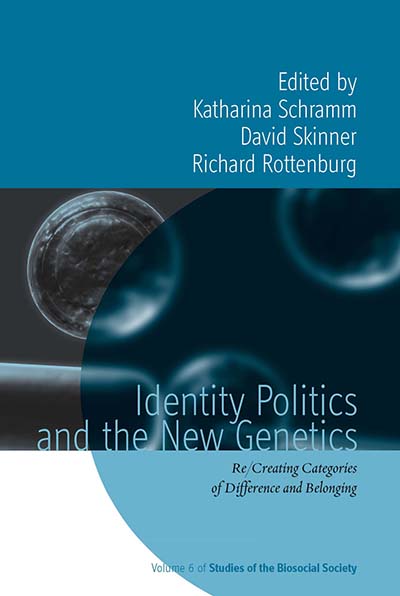Family Tree’s Startling RootsPosted in Anthropology, Articles, History, Media Archive, United States, Virginia on 2012-03-21 19:16Z by Steven |
The New York Times
2012-03-19
Felicia Lee
Thirty-nine lashes “well laid” on her bare back and an extension of her indentured servitude was Elizabeth Banks’s punishment for “fornication & Bastardy with a negroe slave,” according to a stark June 20, 1683, court document from York County, Va. Through the alchemy of celebrity and genealogy, that record and others led to the recent discovery that Banks, a free white woman despite her servitude, was the paternal ninth great-grandmother of Wanda Sykes, the ribald comedian and actress.
More than an intriguing boldface-name connection, it is a rare find even in a genealogy-crazed era in which Internet sites like ancestry.com, with more than 14 million users, and the popular NBC program “Who Do You Think You Are?” play on that fascination. Because slavery meant that their black ancestors were considered property and not people, most African-Americans are able to trace their roots in this country only back to the first quarter of the 19th century.
“This is an extraordinary case and the only such case that I know of in which it is possible to trace a black family rooted in freedom from the late 17th century to the present,” said the historian Ira Berlin, a professor at the University of Maryland known for his work on slavery and African-American history.
Mary Banks, the biracial child born to Elizabeth Banks around 1683, inherited her mother’s free status, although she too was indentured. Mary appeared to have four children. There are many other unanswered questions, but the family grew, often as free people of color married or paired off with other free people of color.
Ms. Sykes’s family history was professionally researched for a segment of “Finding Your Roots With Henry Louis Gates Jr.,” a new series that has its debut Sunday on PBS.
“The bottom line is that Wanda Sykes has the longest continuously documented family tree of any African-American we have ever researched, ” said Mr. Gates, the director of the W. E. B. Du Bois Institute for African and African American Research at Harvard. He was referring to the dozens of genealogies his researchers have unearthed for his television roots franchise, which began in 2006 with the PBS series “African-American Lives” and includes three other genealogy-inspired shows. Mr. Gates said he also checked Ms. Sykes’s family tree with historians, including Mr. Berlin…
…Johni Cerny, who is the chief genealogist for Mr. Gates’s television programs, noted that many African-Americans with white ancestry could trace their heritage beyond the 1600s to European ancestors. She said 85 percent of African-Americans have some European ancestry.
“The unique thing about Wanda is that she descends from 10 generations of free Virginia mulattos, which is more rare than descendants of mixed-race African-Americans who descend from English royalty,” Ms. Cerny wrote in an e-mail message.
More than 1,000 mixed-race children were born to white women in colonial Virginia and Maryland, but their existence has been erased from oral and written history, said Paul Heinegg, a respected lay genealogist and historian. Mr. Heinegg’s Web site, freeafricanamericans.com, features books and documents like tax lists that provide information about those families…
Read the entire article here.
